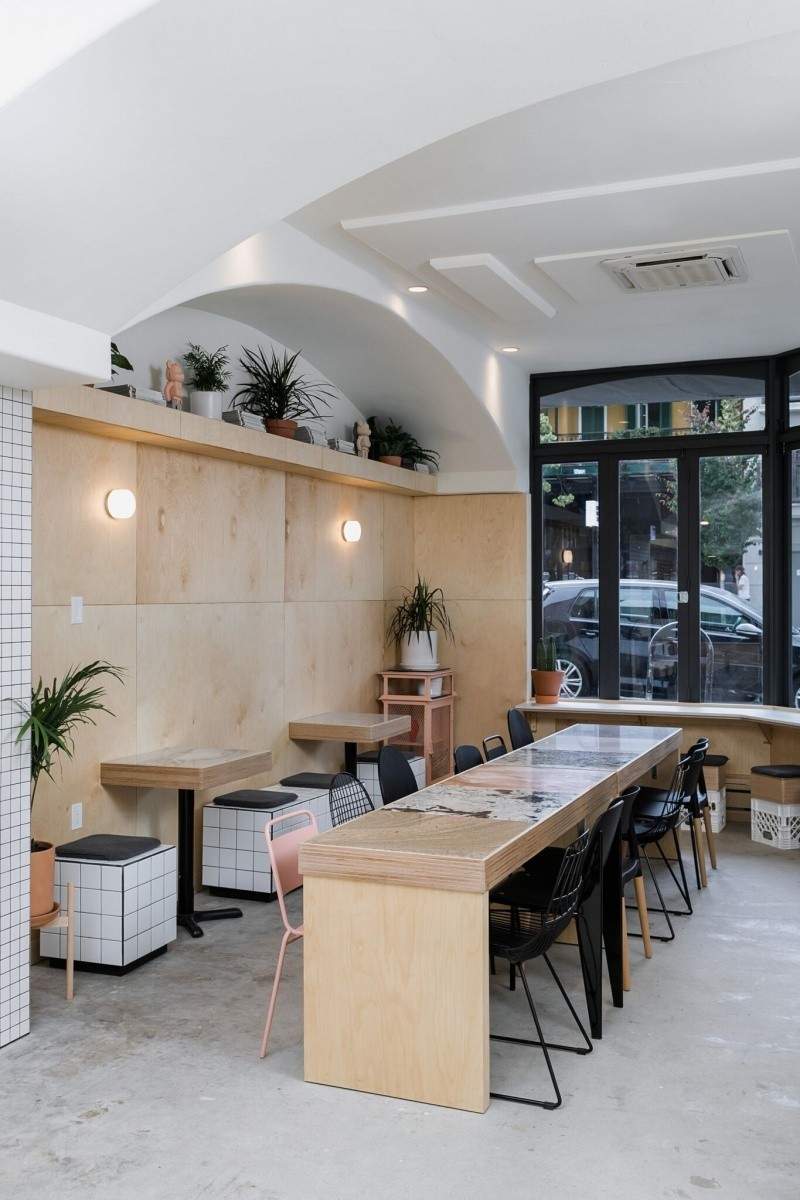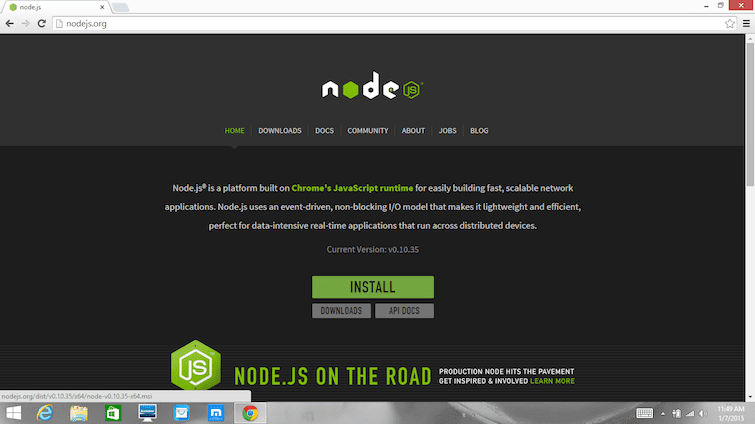
- Brew install node. F o r updating Node.js, you will need to use Node Version Manager. To check what version of NVM you have: nvm -v. If you don’t have NVM installed, or need to update it, run.
- Brew install node Other package managers for Linux and Windows are listed in nvm is a popular way to run Node.js. It allows you to easily switch the Node.js version, and install new versions to try and easily rollback if something breaks, for example.
- Brew install node do a fresh installation. Brew update; brew upgrade node; brew link -overwrite node. Node Upgrade Procedure are below. 10: Just used this solution with Homebrew 0.9.5 and it seemed like a quick solution to upgrade to the latest stable version of node. Brew update This will install the latest.

Node.js can be installed in different ways.
Step 2: Install Node via Homebrew. This is the easy part since our homebrew install is arm64 any bottles installed from it are also arm64. So to install the arm64 version of node just run: brew install node That’s it, happy dev’ing on ARM! Hopefully you found this post helpful, if you have any questions you can find me on Twitter. The latest version of NodeJs right now is 0.4.1. The command brew install node right now, installs 0.2.6 - which is not ideal. I would like 0.4.1. I've looked at this list of commands for brew and tried brew install -HEAD node.
Let me how you the most common and convenient ones.
Official packages for all the major platforms are available at https://nodejs.org/en/download/.

There you can choose to download an LTS version (LTS stands for Long Term Support) or the latest available release. As usual, the latest version contains the latest goodies.
On the site they have packages for Windows, Linux, macOS.
One very convenient way to install Node.js is through a package manager. In this case, every operating system has its own.
On macOS, Homebrew is the de-facto standard, and - once installed - allows to install Node.js very easily, by running this command in the CLI:
Other package managers for Linux and Windows are listed in https://nodejs.org/en/download/package-manager/
nvm is a popular way to run Node. It allows you to easily switch the Node version, and install new versions to try and easily rollback if something breaks, for example.


It is also very useful to test your code with old Node versions. Download ott-jakob port devices driver.
Brew Node Install
See https://github.com/creationix/nvm for more information about this option.
My suggestion is to use the official installer if you are just starting out and you don’t use Homebrew already, otherwise, Homebrew is my favorite solution because I can easily update node by running brew upgrade node.
Brew Node
In any case, when Node is installed you’ll have access to the node executable program in the command line.
Brew Update Node
Download my free Node.js Handbook and check out my Node.js Course!

